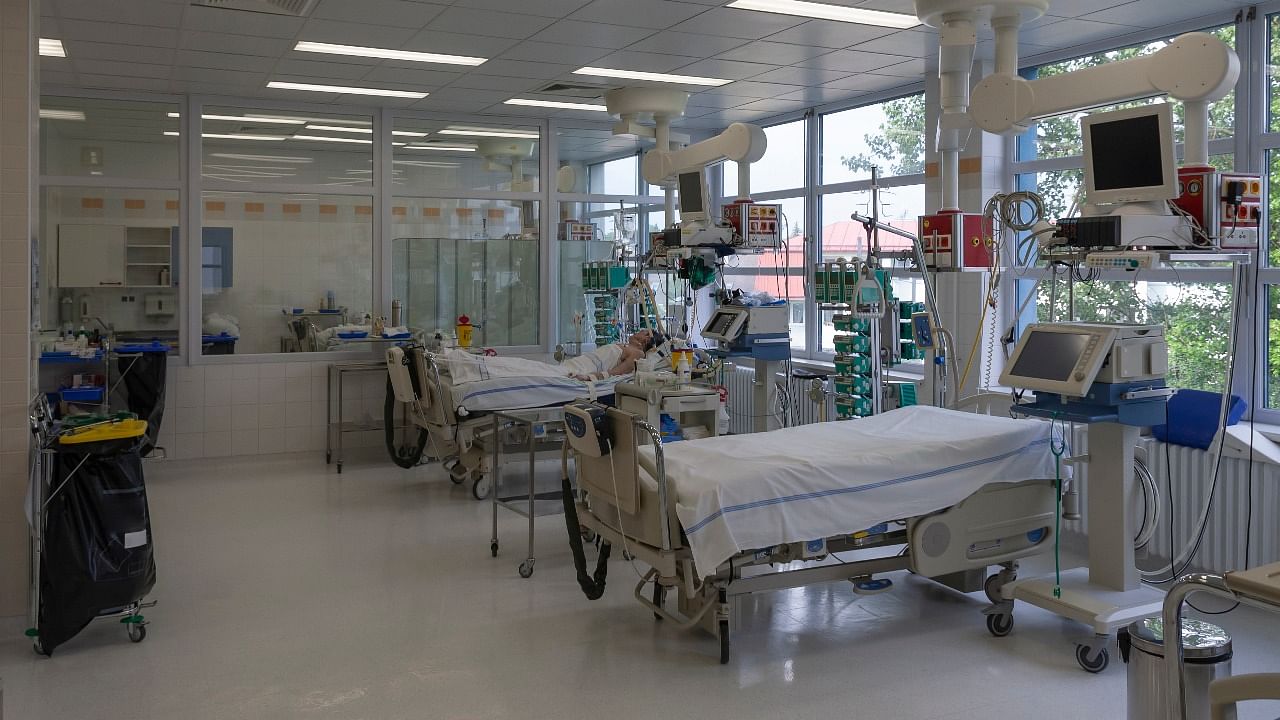
The health department recently held a training session for rational use of oxygen and stopping its wastage in private hospitals.
The training focused on effective handling of oxygen cylinders, concentrators, liquid medical oxygen tanks, newly added oxygen generation plants, and optimum oxygen use. The training was attended by 321 doctors, and private hospitals and nursing homes' owners from across the state.
Health Commissioner D Randeep said variable gaps have been observed in training professionals involved in administering oxygen. “There should be efficiency in oxygen administration,” he added.
"The Covid-19 pandemic accelerated the timely delivery of oxygen. Post this training, participants will be the oxygen stewards for their respective facilities. They should train the staff at their facilities in the coming weeks.”
The three-hour session was attended by senior specialists, doctors, staff nurses, and biomedical engineers/technicians from each private hospital and nursing home.
So far, 500 oxygen stewards have been trained in government health facilities. All private medical establishments of 50 to 100 beds and above have been asked to install oxygen plants, if not installed already, to address future pandemics.
“Instead of bringing oxygen saturation to 92-96% when patients suffer hypoxia, hospitals target 100% when they are slammed and there is panic,” said intensivist Dr Vijay Kumar, head of the 38-bedded ICU at the Trauma and Emergency Care Centre (TECC) in Victoria Hospital.
He said different devices are available for oxygen therapy from nasal prongs to invasive ventilation. Each of these devices have their limitations and should be selected depending on the patient’s need. The hospital should also know when to escalate. Pre-recorded demonstration on using the equipment was shown during the session.
Dr Vijay Kumar said nurses should not be merely taught theory in colleges, but need training in the wards as well.
Dr Pradeep Rangappa, secretary, Indian Society for Critical Care Management (Bangalore Chapter), called for individualisation of the ventilation strategy. “It could be disastrous to intubate everyone early,” he said.
“We drew up protocols for usage because giving oxygen when it is not needed can pose a risk to the patient. This is also done anticipating pandemics in the future.”
Randomised trials involving intubated patients with an acute respiratory distress syndrome revealed placing them in prone position for 16 hours per day improves oxygenation, doctors said. Such methods should be used as mechanical ventilation and can be a double-edged sword, specialists added.
Watch latest videos by DH here:
